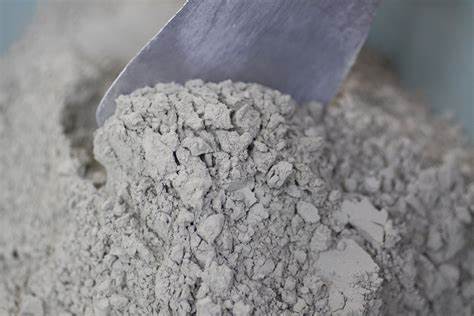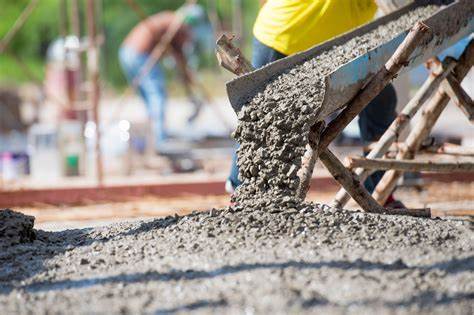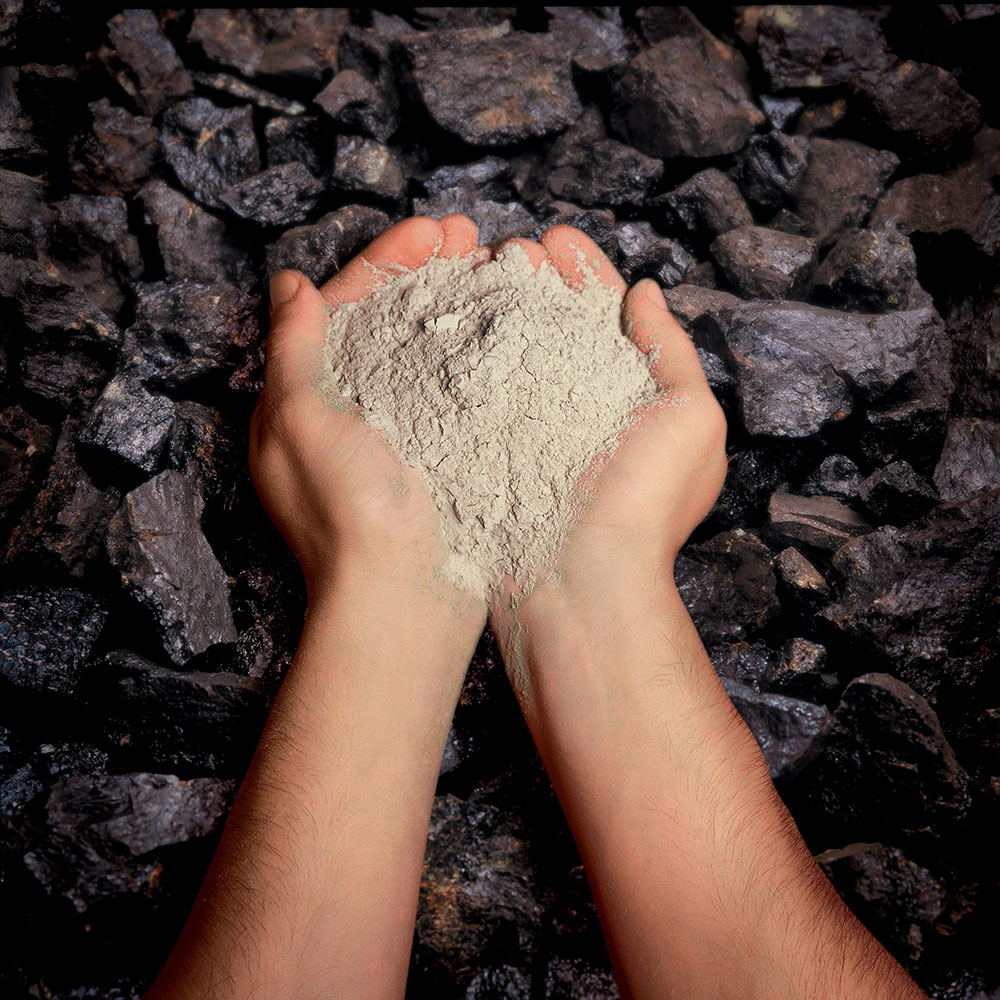Product
Cement
Introduction
Cement is a vital construction material known for its binding properties. It is a powdery substance primarily composed of limestone, clay, and other minerals. When mixed with water, it forms a paste that hardens over time, creating a strong, durable material used in various construction applications.
-
Preparation using traditional method
The traditional method of cement preparation involves mining and extracting raw materials like limestone and clay, followed by their crushing, grinding, and heating in a kiln at high temperatures. This process produces clinker, which is then ground into a fine powder, resulting in the final cement product.
-
Reaction
In the traditional method, the reaction involves the conversion of limestone (calcium carbonate) and clay (silica and alumina) into calcium silicate minerals in the kiln, predominantly tricalcium silicate (C3S) and dicalcium silicate (C2S). This high-temperature process releases carbon dioxide as a byproduct, contributing to environmental concerns.
-
Disadvantages of traditional method
One significant disadvantage of the traditional cement production method is its substantial carbon footprint due to the release of carbon dioxide during the clinker production process. This contributes to climate change and global warming. Additionally, mining and extraction processes can be environmentally damaging.
-
Preparation using Green method
Green methods for cement production aim to reduce the environmental impact. One approach involves using alternative materials like fly ash, slag, and natural pozzolans to replace a portion of the clinker. These alternative materials are waste products or naturally occurring substances and can reduce the carbon emissions associated with traditional cement manufacturing.
-
Reaction
In the green method, the primary reaction involves the incorporation of alternative materials like fly ash and slag into the cement mixture. These materials contribute to the formation of additional calcium silicate hydrate (C-S-H) and reduce the clinker content. This process results in a more sustainable and environmentally friendly cement.
-
Advantages of Green method
The major advantage of the green method for cement preparation is the significant reduction in carbon emissions. By using alternative materials and reducing clinker content, the environmental impact is reduced, making it a more sustainable option for construction. This method also helps in the responsible utilization of waste materials, promoting recycling and resource efficiency.
-
Applications
Green cement finds applications in a wide range of construction projects, from residential buildings to infrastructure development. Its use is especially beneficial in environmentally conscious projects where reducing the carbon footprint is a priority. By choosing green cement, builders and engineers can contribute to a more sustainable and eco-friendly construction industry while maintaining the required structural integrity.


